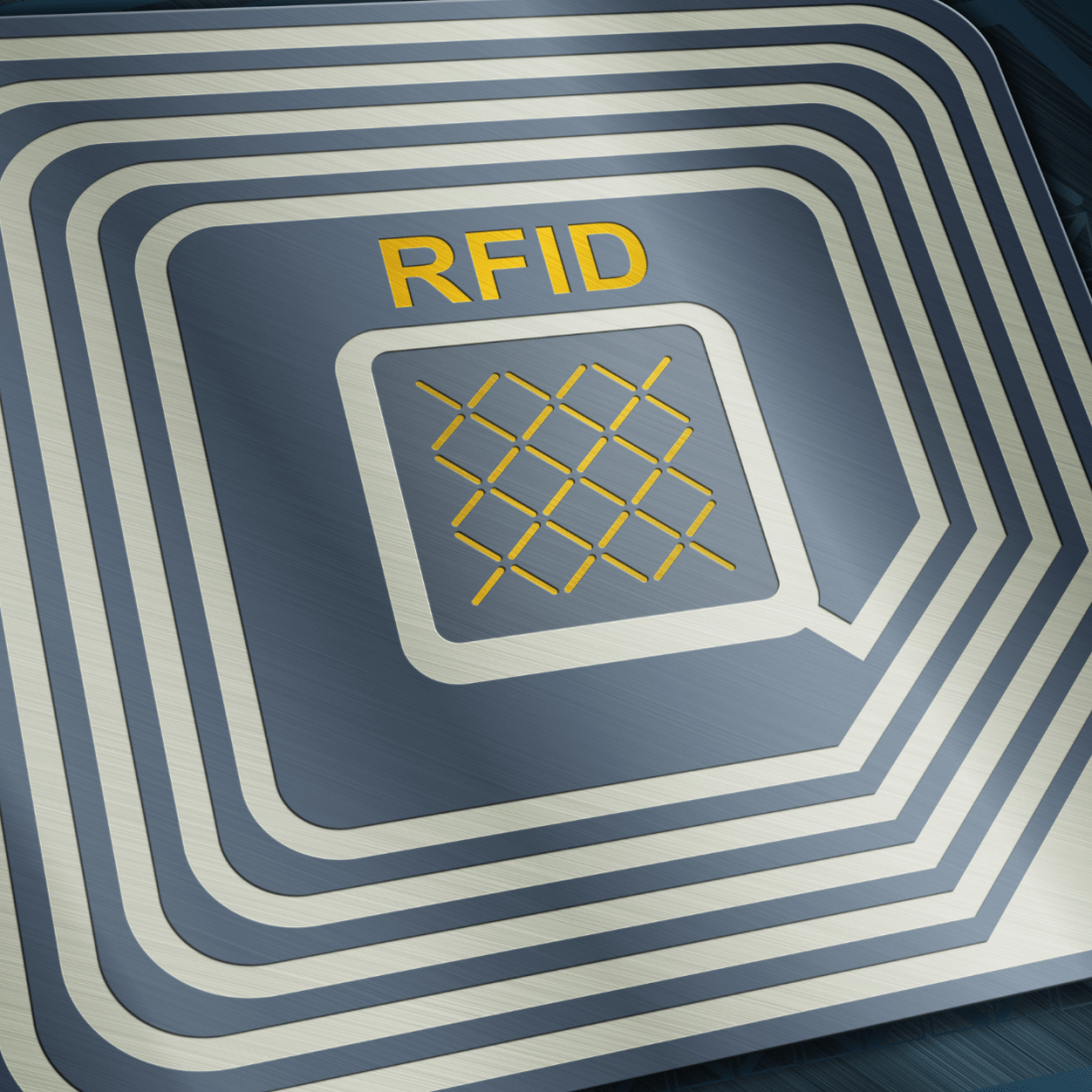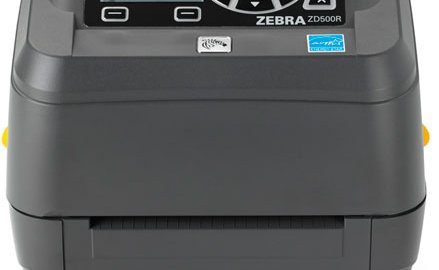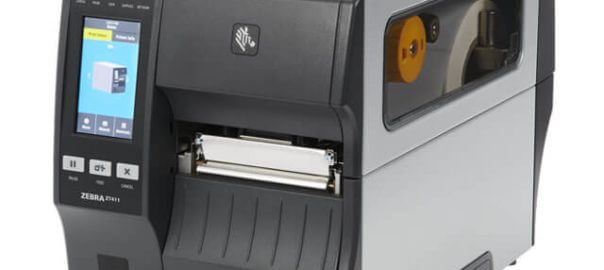
Introduction:
Radio-Frequency Identification (RFID) technology is a rapidly growing field that has made significant strides in the past few years. RFID technology is used in a wide range of applications, including inventory management, asset tracking, and even contactless payment systems. In this beginner’s guide to RFID technology, we will provide an overview of the basics of RFID technology, how it works, and its various applications.
Information:
RFID technology uses radio waves to read and capture data stored on RFID tags or transponders attached to an object. The RFID tags contain a microchip and an antenna, which work together to transmit information to the RFID reader. The RFID reader, in turn, uses radio waves to communicate with the RFID tags and collect information such as product information, location data, and more.
RFID technology has various applications, including inventory management, where it is used to track products and supplies as they move through a supply chain. RFID technology is also used in asset tracking, where it can be used to monitor and track valuable assets such as equipment, tools, and vehicles.
In addition, RFID technology is used in contactless payment systems, such as credit and debit cards, where the RFID chip in the card is used to communicate with the card reader and process the transaction. This contactless payment technology is becoming increasingly popular as it provides a fast and convenient way to make purchases without the need for cash or physical contact.
One of the significant benefits of RFID technology is its ability to provide real-time data and information, making it an ideal solution for use in time-sensitive applications such as supply chain management. RFID technology is also highly scalable, making it suitable for use in small, medium, and large-scale operations.
Conclusion:
In conclusion, RFID technology is a highly versatile and powerful technology that is increasingly being used in a wide range of applications. From inventory management and asset tracking to contactless payment systems, RFID technology offers many benefits, including real-time data collection and the ability to scale to meet the needs of any operation. If you are looking to incorporate RFID technology into your business, it is essential to do your research and work with a trusted provider to ensure that you get the most out of this cutting-edge technology.





